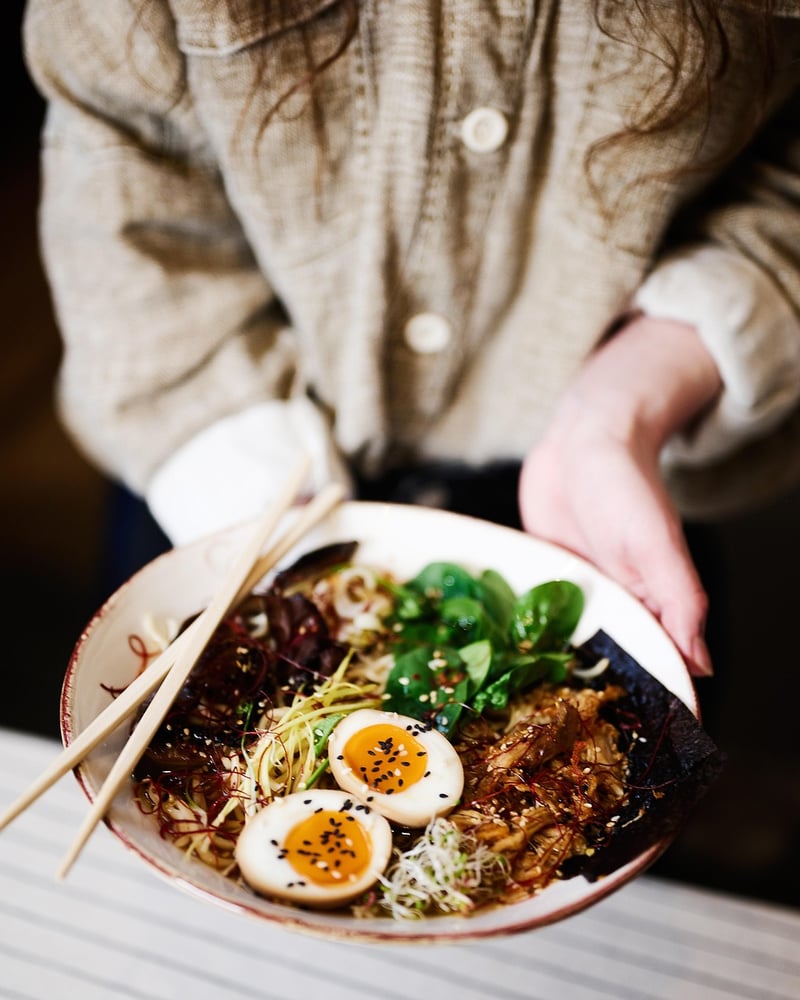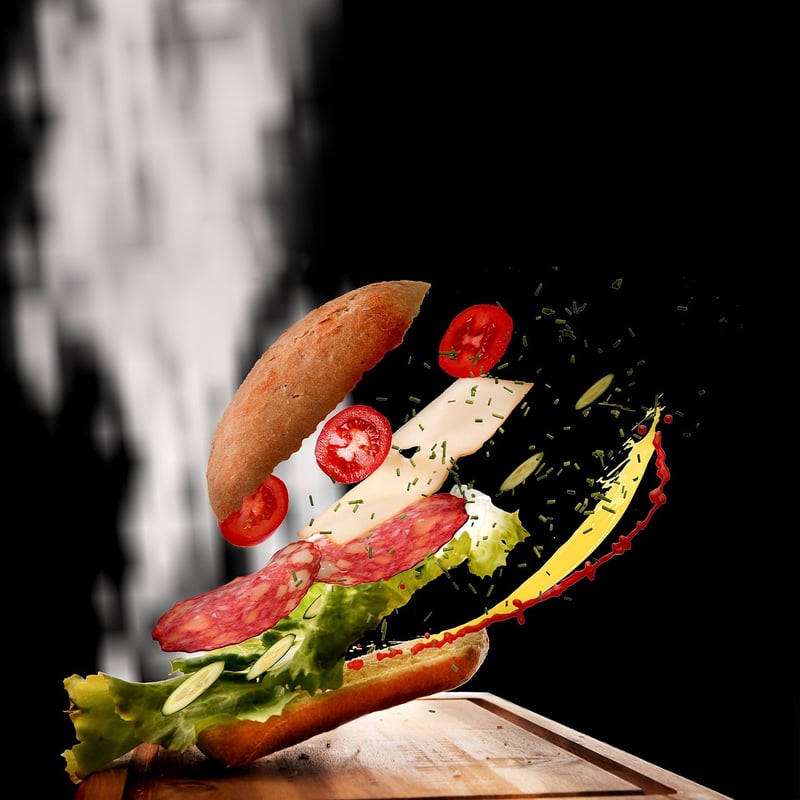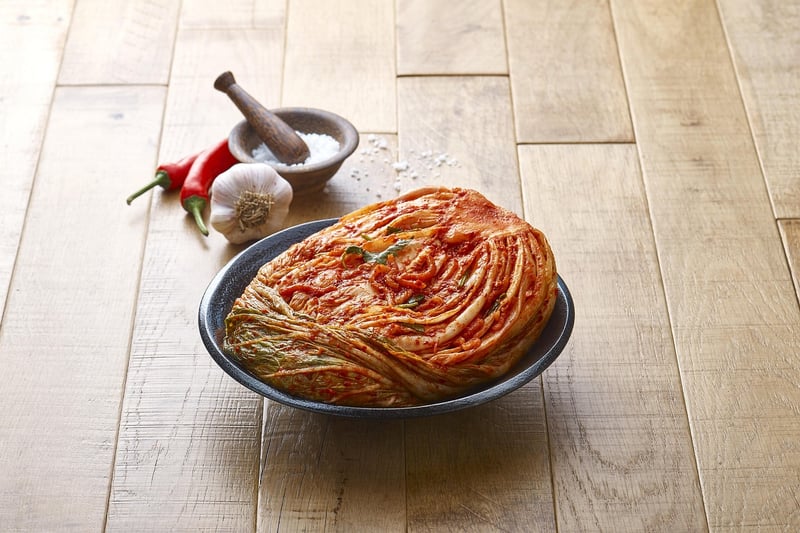Fusion for Today's Palate
Reinterpreting Traditional Dishes + Fusion for Today's Palate
In today's culinary landscape, chefs and food enthusiasts are constantly seeking new ways to reinterpret traditional dishes and create innovative fusion recipes that cater to the evolving palates of modern diners. By blending flavors, techniques, and ingredients from different culinary traditions, chefs can craft unique dishes that offer a fresh take on familiar favorites.
The Art of Fusion Cuisine
Fusion cuisine is a culinary style that combines elements of different culinary traditions to create innovative and harmonious dishes. By marrying diverse flavors and cooking techniques, chefs can produce dishes that are exciting, flavorful, and unexpected. Fusion cuisine allows for endless creativity and experimentation in the kitchen, resulting in dishes that tantalize the taste buds and challenge traditional notions of cuisine.
Examples of Fusion Dishes
One popular example of fusion cuisine is the sushi burrito, which combines the flavors and ingredients of sushi with the portability and convenience of a burrito. Another example is Korean BBQ tacos, which blend the bold flavors of Korean barbecue with the handheld format of a taco. These dishes showcase the versatility and creativity of fusion cuisine, offering diners a unique and memorable dining experience.
Reinterpreting Traditional Dishes
Reinterpreting traditional dishes involves taking classic recipes and giving them a modern twist. Chefs may use innovative cooking techniques, unexpected ingredients, or creative presentations to breathe new life into old favorites. By reimagining traditional dishes, chefs can preserve culinary heritage while also appealing to contemporary tastes.
Benefits of Reinterpreting Traditional Dishes
- Preserves culinary heritage
- Appeals to modern palates
- Encourages creativity in the kitchen
- Provides a fresh take on familiar flavors
Conclusion
Whether through fusion cuisine or reinterpretation of traditional dishes, chefs have endless opportunities to push the boundaries of culinary creativity and offer diners new and exciting gastronomic experiences. By blending the old with the new, chefs can create dishes that honor the past while embracing the future of food.



